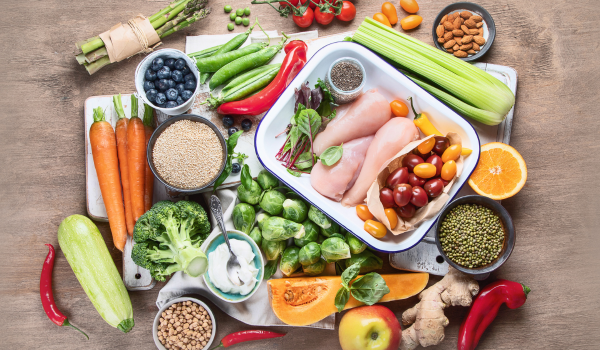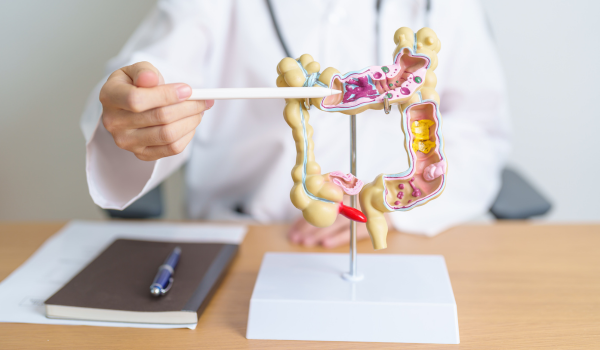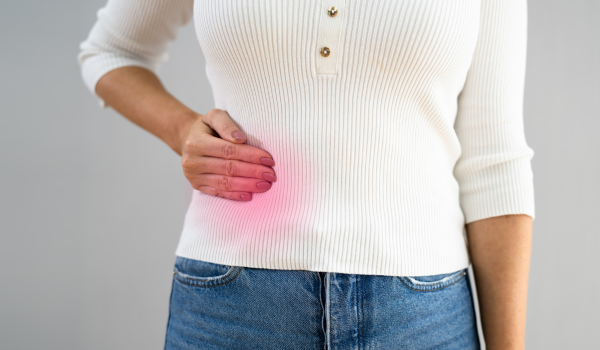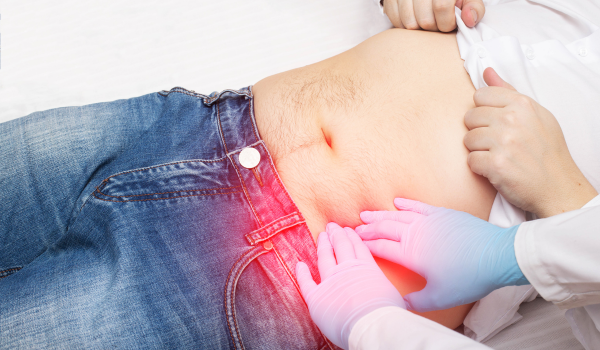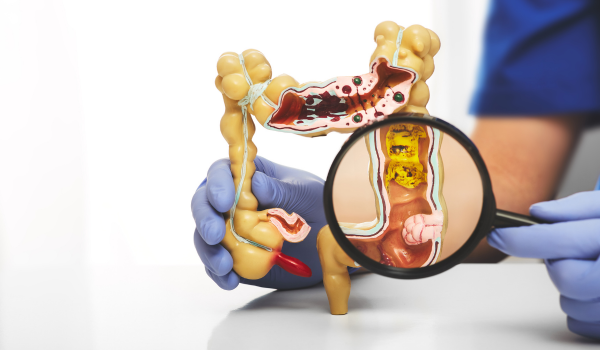Diverticulitis is a common digestive disorder that affects the large intestine. It involves the formation of small pouches, called diverticula, along the walls of the colon. When these pouches become inflamed, symptoms such as abdominal pain, fever, and diarrhea may occur.
In many cases, dietary changes are an important part of managing diverticulitis. Your healthcare provider may advise a temporary restricted diet—such as a clear liquid diet or a low-fiber plan—to ease the stress on your digestive system while symptoms subside.
Diverticulosis refers to the presence of these pouches without active inflammation. It is extremely common, particularly in adults aged 50 and over. Although diverticulosis usually causes no symptoms, a portion of those affected—between 5% and 25%—may develop diverticulitis, which requires medical attention.
Most people with diverticulitis have the uncomplicated form, which involves inflammation without further complications. However, some develop complicated diverticulitis, leading to serious problems such as bowel perforation, abscesses, or infection of the abdominal lining. For this reason, diverticulitis should never be ignored and requires immediate care.
Foods to Eat if You Have Diverticulitis
Alongside medication, dietary changes are often recommended to minimize symptoms and promote recovery. Many patients are placed on a low-fiber or low-residue diet (typically around 10–15 grams of fiber per day) or even clear liquids, depending on symptom severity.
low-fiber and low-residue foods
These diets aim to slow bowel activity and give the colon time to heal. Foods that may be recommended include:
-
Refined grains like white bread, white pasta, white rice, and plain crackers
-
Lean protein sources such as poultry, seafood, tofu, and eggs
-
Cooked or canned fruits without skin or seeds
-
Very ripe bananas or soft fruits like cantaloupe
-
Cooked vegetables such as carrots, peeled potatoes, or pumpkin
-
Small portions of raw vegetables like peeled cucumbers or shredded lettuce
-
Smooth peanut butter, olive oil, and mayonnaise
-
Clear salad dressings or smooth condiments
This type of diet is meant to be temporary. Your doctor will guide you on how long to stay on this diet and when to transition to regular foods.
Clear Liquid Diet
In more severe cases, especially when hospitalized, your doctor may prescribe a clear liquid diet to reduce bowel movements and rest the gut. This type of diet is very restrictive and should only be followed for a few days.
typical foods on a clear liquid diet include:
-
Water
-
Clear juices like apple or cranberry juice (without pulp)
-
Broth or stock without solid ingredients
-
Clear sodas like ginger ale
-
Gelatin (without fruit)
-
Popsicles without fruit or dairy
-
Tea or coffee (with or without dairy substitutes)
-
Sports drinks without coloring
This diet is not intended for long-term use and can lead to nutrient deficiencies if followed beyond five days.
Foods to Avoid if You Have Diverticulitis
People with diverticulitis—especially the uncomplicated form—are often advised to limit fiber and avoid irritating foods. In more severe cases, solid foods may be completely restricted for a period.
foods to avoid include:
-
Legumes such as lentils, peas, and beans
-
Whole grains like brown rice, whole-wheat pasta, and whole-grain bread
-
Raw fruits with skin or seeds, especially berries and pineapple
-
Dried fruits of any kind
-
Raw vegetables and vegetable skins
-
Fruit juice with pulp
-
Nuts and seeds (e.g., almonds, sunflower seeds, pumpkin seeds)
-
Tough cuts of meat and processed meats like sausage or hot dogs
-
Crunchy peanut butter
-
Fried or spicy foods
if following a low-residue diet, you may also need to avoid dairy products like milk and ice cream, which can worsen diarrhea in some people.
Meal Ideas for Diverticulitis
Below are examples of a dairy-free, low-fiber diet suitable for someone with diverticulitis. You should always follow your healthcare provider’s recommendations, especially if you're advised to follow a stricter plan.
breakfast options:
-
Scrambled eggs with white toast, smooth peanut butter, and ripe banana slices
-
Oatmeal with peeled and cooked fruit such as apples or pumpkin
-
Smoothie with banana, orange juice, and peeled peach or pear
-
Low-fat yogurt or kefir with soft, peeled fruit and a small amount of granola
lunch options:
-
Chicken salad with mayonnaise on white bread, with shredded lettuce and applesauce
-
Wrap made with a flour tortilla, roasted sweet potatoes, carrots, spinach, and chicken breast
-
Chicken noodle soup with crackers
-
Grain bowl with quinoa, starchy vegetables, and lean protein
dinner options:
-
Baked salmon with skinless baked potato and cooked carrots
-
Pasta with baked chicken and steamed spinach
-
Fish tacos with flour tortillas, avocado, and mild salsa
snack ideas:
-
Hard-boiled egg
-
Ripe cantaloupe slices
-
Canned fruit (rinsed and drained)
-
English muffin with smooth peanut butter
-
Plain pretzels
High-Fiber Diet for Diverticulitis Prevention
After recovering from diverticulitis, it’s important to adopt a high-fiber diet to reduce the risk of recurrence. People with diverticulosis may also benefit from this dietary change.
why fiber matters:
A high-fiber diet promotes better digestion and stool consistency, which lowers pressure in the colon. This may prevent the formation or inflammation of diverticula. A large review found that consuming 30–40 grams of fiber per day can reduce the risk of diverticular disease by over 40% compared to consuming less than 10 grams.
recommended high-fiber foods include:
-
Fruits and vegetables (especially with skin)
-
Whole grains such as brown rice, oats, and whole-wheat products
-
Legumes including beans, lentils, and chickpeas
what to limit:
Avoid diets high in red meat and ultra-processed foods like fast food. These are linked to an increased risk of diverticulitis and overall inflammation.
A Quick Review
Diverticulitis is a condition in which pouches in the colon become inflamed or infected, leading to pain and potentially serious complications. Short-term dietary changes—like low-fiber or liquid diets—are often necessary during treatment.
After recovery, transitioning to a high-fiber, well-balanced diet can lower the risk of future flare-ups. Staying hydrated, avoiding red meat, and maintaining a healthy weight are all part of a long-term strategy to protect digestive health.
If you’re managing diverticulitis or concerned about your colon health, speak with your healthcare provider about the best dietary plan for your condition.
